Drywall (also known as plasterboard, wallboard, gypsum board) is a panel made of gypsum plaster pressed between two thick sheets of paper. It is used to make interior walls and ceilings.Drywall construction became prevalent as a speedier alternative to traditional lath and plaster.
High impact drywall is gaining popularity amongst residential and commercial developments mainly cause of its advantages over the use of conventional wet construction method i.e. use of brick wall or concrete wall.
Let’s have a look at the difference between Drywall construction and Concrete based construction …
| Features | Interior Drywall construction |
Conventional Brick wall construction |
|---|---|---|
| Material Source | USG Boral | Various sources |
| Construction technique | Dry Construction | Wet Construction |
| Design Flexibility | Interior Drywalls can be designed upto 12 meters or more without any additional foundation. Can easily be curved too. | RCC beams and columns are required for greater height walls. Curving is a cumbersome process. |
| Speed of construction | Faster in construction projects are generally able to complete earlier using steel construction. | Slower in construction – need time for formwork, reinforcement work, concrete strengthening and removal of formwork |
| Manpower Saving | Less labor usage, savings of 20% to 30%. | Labor intensive. |
| Wall Thickness | More carpet area | Less carpet area |
| Aesthetics | Level 5 finish can be achieved | Superior finish can be achieved with POP punning or with gypsum plasters followed by surface finish |
| Weight | Steel has a higher strength-to-weight ratio, less requirement on foundation | Heavier in dead weight |
| Acoustic | Drywalls are estimated to offer upto +63 STC with cavity insulation. | Limitations in achieving high value sound insulation. |
| Fire performance | Fire resistance for upto 4 hours. | Depends upon the construction type. |
| Seismic Protection | Ideal for earthquake prone zones and High Rise buildings. | Heavy weight and construction type can lead to early failure. |
| Refurbishment | Can easily be dismantled or altered. | Consumes lot of time and labor due to wet process |
| Cost | Increase overall construction cost by 2-3% compared to concrete-based construction | Less costly |
| Green | Green and Recyclable | Ecological imbalance |
To conclude Drywall construction is cleaner, lighter, and faster and can easily be handled by fewer laborers and therefore drywall construction has replaced conventional brick wall construction.
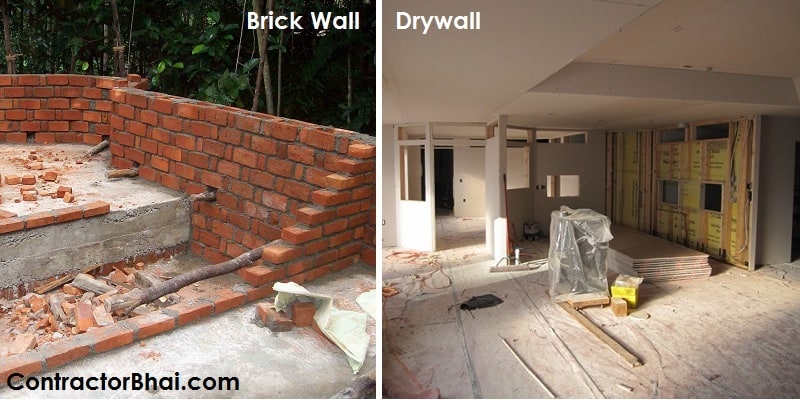
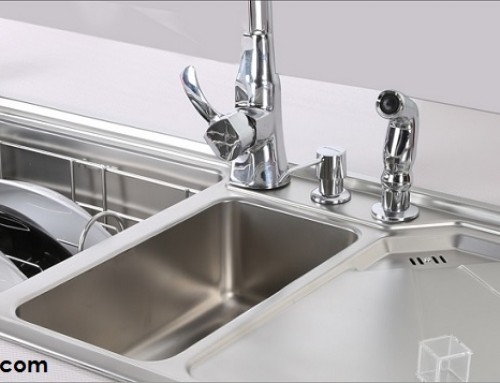
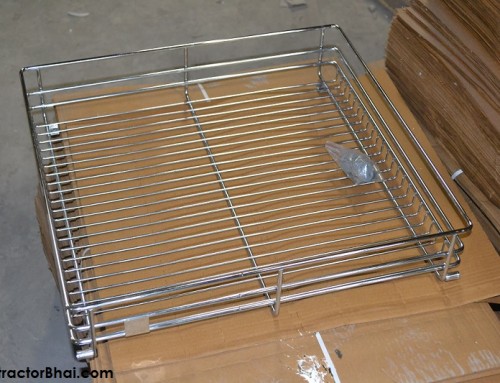
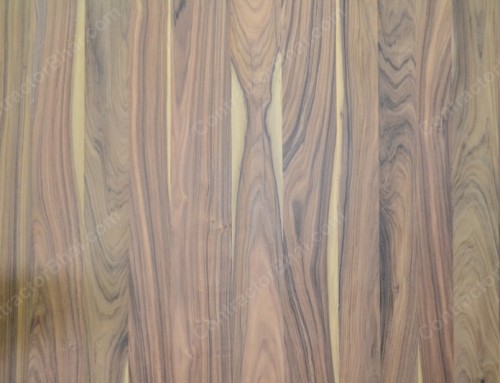
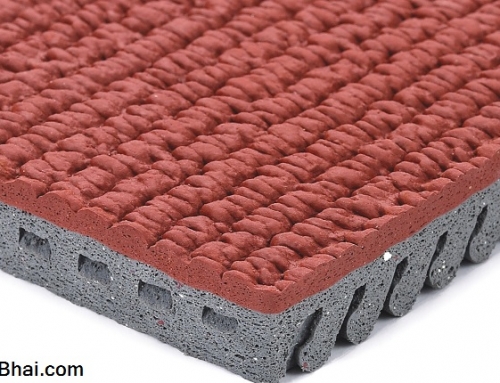
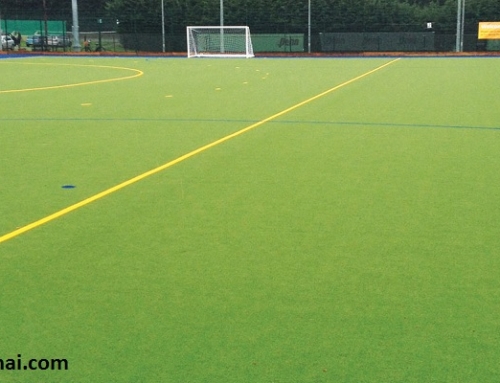
What are the rates in Bangalore?
I want partition shop please suggest me which wall is better dry or conventional wall
both options have plus & minus points. if you are planning to hang furniture / weight, best is brick wall.
Please provide
Rate analysis of gypsum board wall
BIASED
You did not consider the moisture retention of gypsum, given that India is tropical country.
Can you throw some light on how much weight can drywalls take?
Are they prone to water? i.e. if exposed to water temporarily, will they deteriorate?
Which brand of drywall would you recommend?
If it residence good idea to go with normal wall usinf fly-ash bricks (c4x)